MAD DOG
Author: Erin Dixon

Welcomeback!Youmayhave noticedtherewasn’tanAugust editionoftheMagazine.Findouta littlemorebelowabouttherecent changesthathavetakenplace...

Author: Erin Dixon

Welcomeback!Youmayhave noticedtherewasn’tanAugust editionoftheMagazine.Findouta littlemorebelowabouttherecent changesthathavetakenplace...
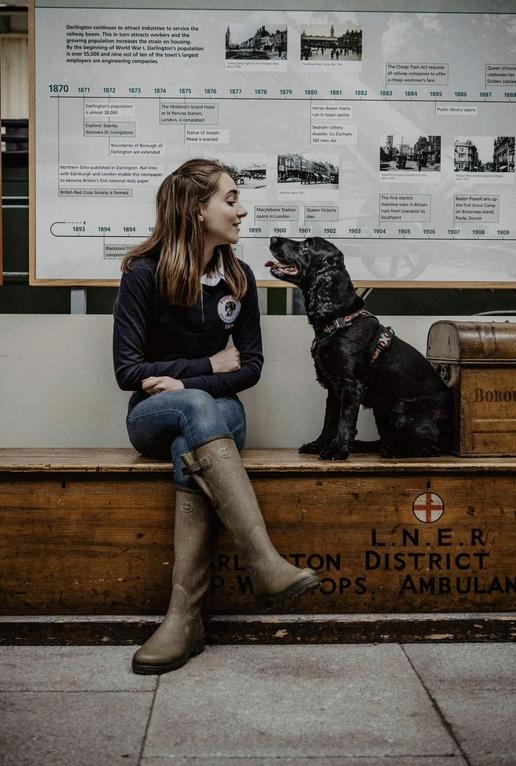
So, while August was quiet on paper, It was busy behind the scenes, clearing space, resettingandplanning.
Somemaynotbeaware,butPDATisnotErin’s only job. Erin now own’s and runs E Dixon Equine Performance, an equine massage and rehabilitation business Although PDAT is her first priority, spare time is also poured into EDEP.
Here’stoanewseason,newopportunitiesand plentytolookforwardto!

One of the most exciting changes is the launch of an additional Gundog Workshop, running on the last Saturday of every month. These workshops are designed to bring people together in a fun, practical setting where we can explore training in depth, tackle challenges and celebrate progress. Each month offers fresh exercises, so there is always something new to take away,whetheryouarepolishingyourskillor startingsomethingbrandnew.
Alongside the workshops, I am also continuing the three week series format for both introduction sessions and progression sessions. This gives us the best of both worlds; a structured learning journey that buildsstepbystep.


the beauty of these opportunities is their inclusivity. These sessions are not just for those with working dogs, they are for any pet dog who loves to learn. We teach to a working standard, which means that the training is purposeful, disciplined and rewarding , but the door is open to all breeds and handlers alike If you wanted to dip your toe into gundog style training, now istheperfecttime.
I can’t wait to see new faces and familiar onesalikejoiningus.Whetheritisamonthly workshop , a short series or a mix of both, there is something here for everyone who wants to experience the joy of working in partnershipwiththeirdog.

The next scurry is taking part on Sunday 7 September. th
Thescurryconsistsof;
PART 1 : A simple bales retrieve. Remember, youcanstatewhetheryouarecompletinga treat retrieve or a dummy/toy retrieve. Just state this on the form and let your dog do the rest. You have best of 3 runs... but you don’thavetouseall3!
PART 2: Your hunting. In a small area, there are3hiddenretrieves,againeithertreatsor toys/dummy. Your job is to send your dog outtofindasmanyastheycanwithinthe3 minutetimelimit.
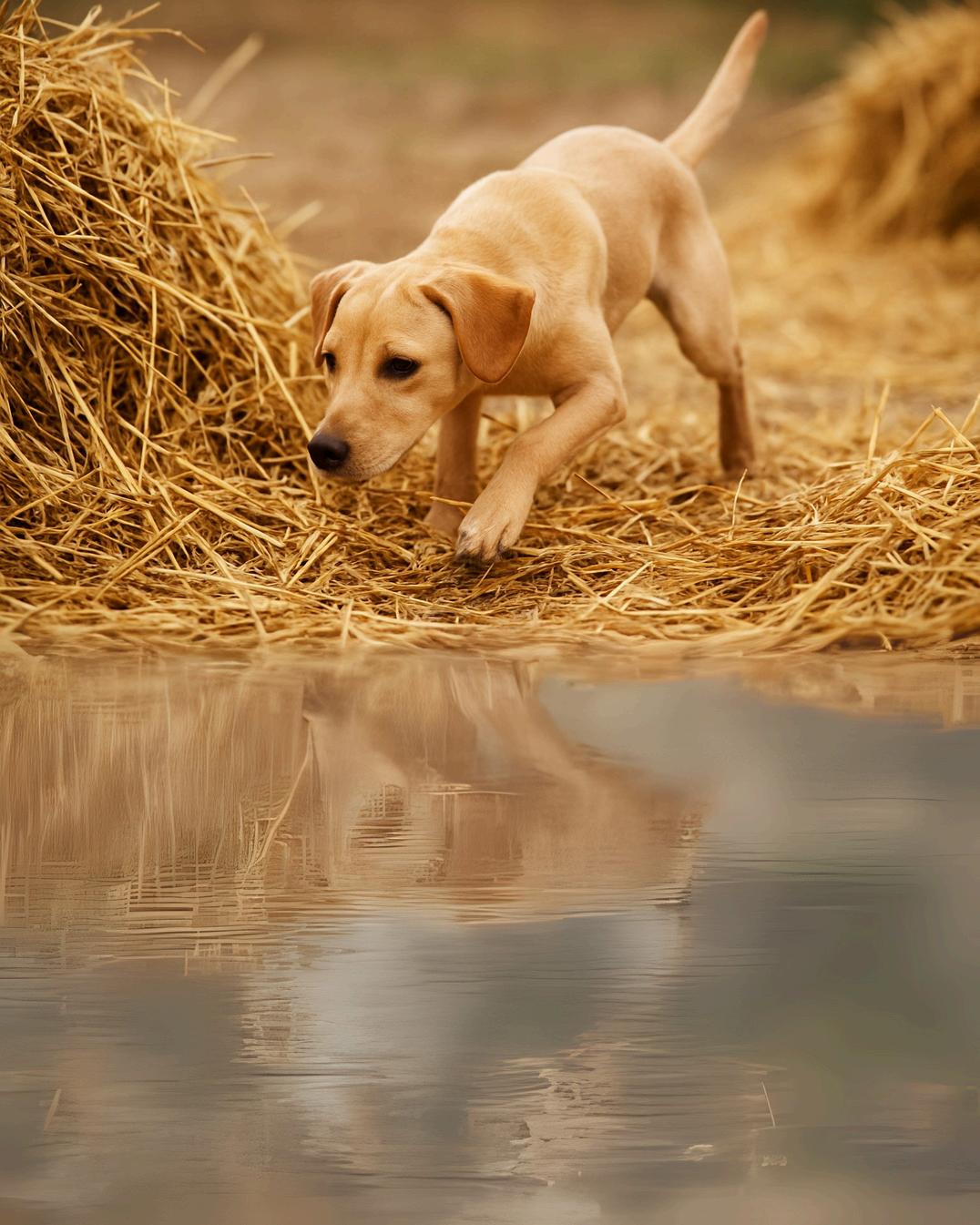
Hereareafewanswerstosomequestions that have cropped up time and time again;
Q- Does my dog need to be in a Gundog class?
A - No, the skills are taught in all of our classes,eveninFoundations!
Q-Whathappensifthedoggoesoverthe time?
A - Nothing, you keep going. We will tell youwhenyouneedtostepintohelpyour dogout.Youwillnotbepenalised.
The overall winner at the end of the year willbereceivingasashandtrophy!Soget entering
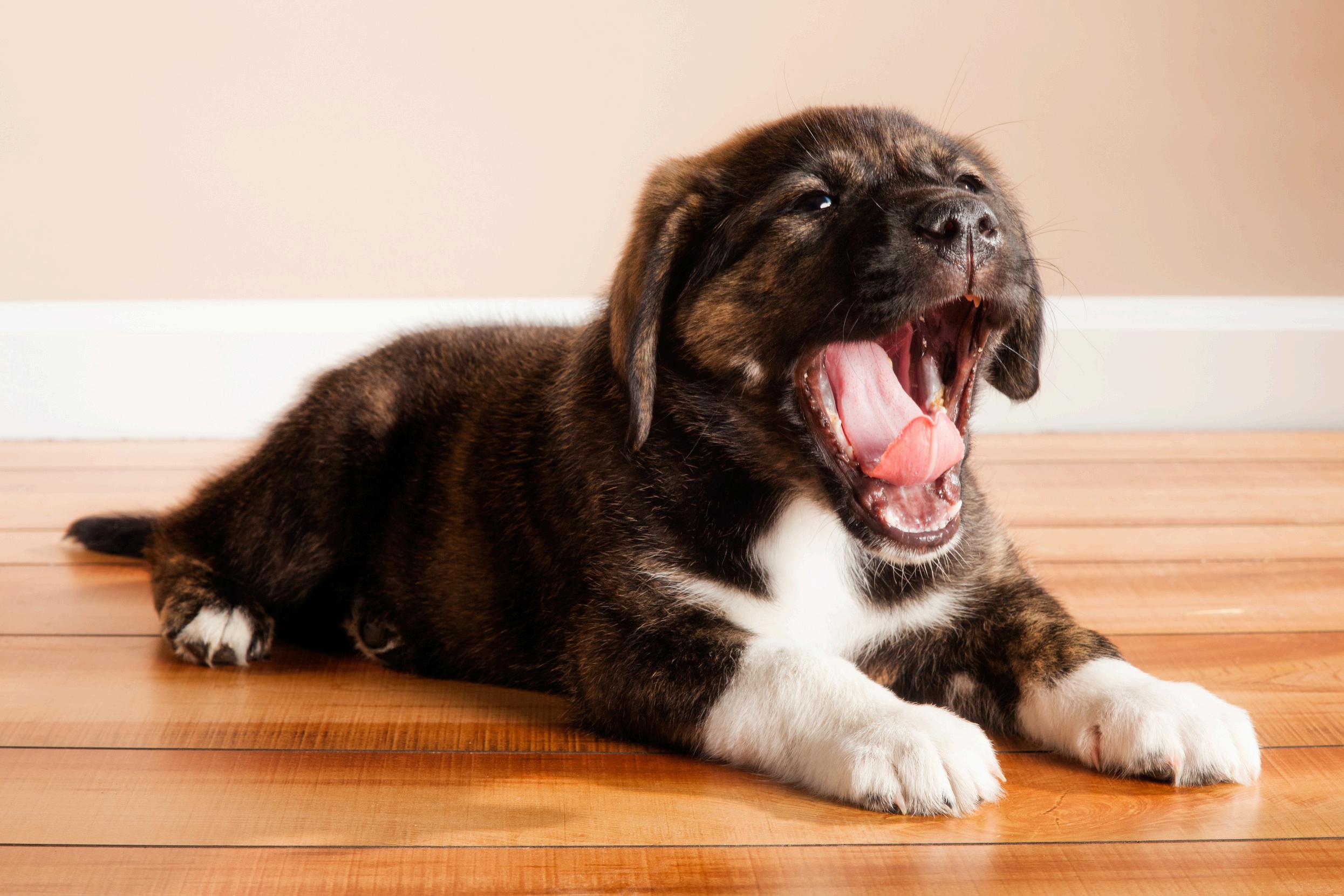
Oneofthemostimportantskillswecandevelopislearningto‘read’ourdos.Whilewe oftennoticebigsignals,barking,growlingortailwagging-thesubtlebehavioursare justasimportant.
Thesearethewaysdogscommunicatetoreducetension,avoidconflictorshowthat they are not a threat. They are often mistaken as submission, but in reality, they are muchmoreaboutcommunicationanddiffusingsocialpressure.
Commonexamplesinclude;
Yawningwhennottired
Liplickingortongueflicks
Turningtheheadaway
Avoidingeyecontact
Offeringpaw
Loweringbody
Rollingontoback
Dogs are social animals, and like us, they use body languages to keep interactions safe and smooth Appeasementbehaviours areadogswayofsaying,‘Iamnot athreat’,‘Pleaseslowdown’
Appeasementbehavioursoftenoverlapwith stresssignals.Adoglickingitslipsmightbe saying‘Iamnotcomfortable’,ratherthan showingaffection.Spottingtheseearlycan helpustoadjustwhatwearedoingbefore stressescalates.
Adoglicksitslipsrepeatedlywhenasked tosit,mightmeanitisconfusedor overwhelmed.
Ifadogyawnsorturnsawayduringrecall, itmightbetryingtoavoidpressure. Adogrollingontoitsbackduringhandling couldbetryingtoavoidconfrontation.

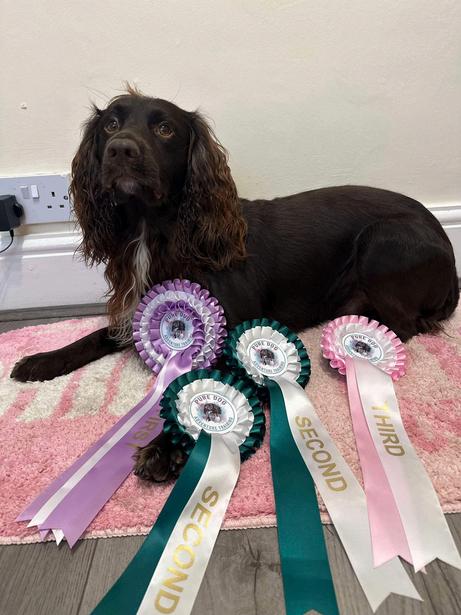
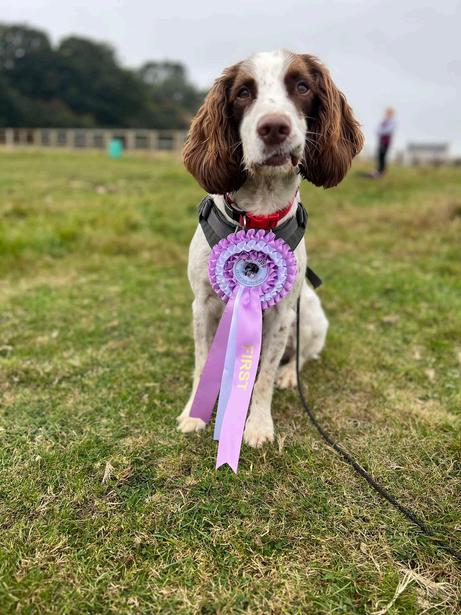
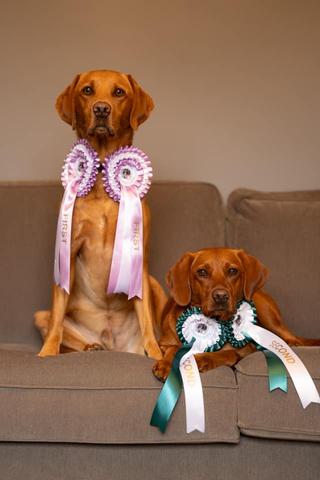

Thisyear’sannualSportsDayOpenDayistakingplaceonSunday21 September. st
Just like last year, there will be fun dog show classes taking place - not your average ‘prettiest bitch , handsomest dog’ but our quirky challenges that will be made apparent to youafewdaysprior.
Youcanalsoinviteafriendandtheirdogifyoufeelthattheywouldbenefit/enjoyourclass stylesandwouldbeagoodfittoourtrainingclub.
There will be opportunities to let your dog have a go on some self manned areas, and a gundogareawhereyoucanpracticeexercisesorjusthaveago!
Same style of instructions, dogs are welcome - just please keep them away from the 5 oversizedpuppieswhowillbelockedawayinadifferentpaddock.Also,makesuretopickup afteryourdogandgiveotherdogsspace:)
We will have access to the majority of the field with clearly marked areas, the whole yard andbarn Seeyouthere!

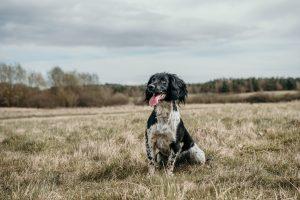
Bringing two dogs together for the first time canfeelexciting-butforthedogs,itcanalso be a moment of high pressure. In new environments, such as our training barn, that pressure is amplified by new smells, sounds, people and routines. As handlers, it is our responsibility to set introductions up for success by reducing tension and creating spaceforcalminteraction.
Dogs are social animals, but they don’t all enjoy meeting new companions nose-tonose right away. When placed in a high pressure situation, such as being led directly uptoanotherdoginanewsetting,theymay feel overwhelmed. This can result in appeasementbehavioursorevenmoreovert reactionslikebarkingorsnapping.
By lowering that pressure, we give the dogs the chance to assess each other safely, communicate naturally, and settle into their surroundingsbeforeformingarelationship
I don’t know about you guys but when it is thrown on me that I have to meet an old friend of a friend/partner without warning - it throwsmeoffandallofmysocialskillsgoout ofthewindow!
Avoid walking dogs directly into each other. Beginhavingtheminthesamespacebutat a comfortable distance, ideally parallel walking with handlers between them. This lets them take in each other’s presence withoutconfrontation.
Dogsrelaxwhenmovingaroundratherthan standing still under pressure. Walk side by side with space in between, gradually closing the gap as they show signs of comfort.
Watch for appeasement behaviours as these can suggest that your dog is coping but asking for space. If you see tension building, increase distance before things escalate.
Keep leads loose, tight leads create frustration and prevent natural communication. Avoid crowding and remove all high value resources during the initialstages.
Alwaysendsessionsonagoodnote,,evenif the dogs have tolerated being near each otherwithoutfuss,thatissuccess.

With its lamb like appearance and distinctive arched back, the Bedlington Terrier is one of the most recognisable yet misunderstood terrierbreeds.Beneaththesoft,curlycoatlies a determined, spirited little worker with a big personality.
The breed hails from the mining town of Bedlington in Northumberland, where it was developed in the 19 century. Originally bred as a versatile working dog, the Bedlington was prized for its ability to hunt rats, rabbits and other vermin. Despite its elegant looks, it has always been a terrier at heart - hardy, courageousandfullofenergy.
They have a distinctive lamb like look with a pearshapedheadandarchedloin.Theircoat is a crisp mix of hard and soft hair, forming curlsthatrequireregulargrooming.
The Bedlington is often described as affectionate and gentle at home, yet bold and spirited when working. They are intelligentandquicktolearnandloyaltotheir family. However, like many terriers, they can be strong willed, will need consistent, fair training.
They tend to be good companions for active households but can be selective with other dogs. Early socialisation is key to ensuring theydevelopintoawell-roundedcompanion
Thoughnotascommonlyseenintheworking field today, the Bedlington still retains its sharp nose and tenacity. Historically used for poaching and racing as well as hunting, they are athletic, agile and surprisingly fast. Their drive makes them excellent candidates for modernactivitiessuchasagilityandscent
Generally a robust breed but there are somehealthconsiderations;
Copper Toxicosis (a hereditary liver condition)
Eye conditions such as retinal dysplasia
As with many terriers, regular dental careisessential
For the right family, the Bedlington makes a devoted and entertaining companion. They thrive with regular exercise and mental stimulation and enjoy being part of the family. Don’t be fooled by their lamb-likecurls,theBedlingtoniseverybit terrier!


These highly trained dogs use their noses to support scientists and conservationists in protecting wildlife and habitats.
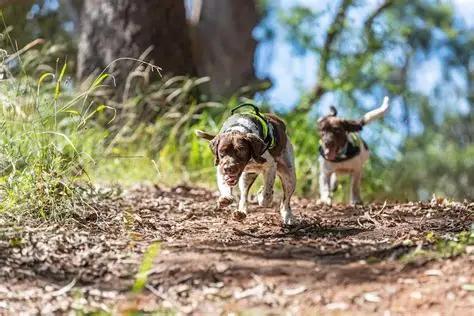
From tracking endangered species to detecting invasive plants or even sniffing out poacher’s snares, conservation dogs are becoming essential allies in preservation.
Dogs are trained to detect a specific scent, this might be a scat of an endangered animal, the eggs of a rare bird or the chemical signature of an invasive species. Once trained, the dogs cover vast areas far more efficiently than humans ever could, alerting handlers to the exact spot of interest.
In Africa, dogs help antipoaching units find concealed wildlife products and track poachers.
In New Zealand, dogs are used to sniff out invasive stoats or rats on islands where groundnesting birds are being reintroduced.
In the US and Europe, conservation dogs track wolves, bears and other elusive animals by finding scat, which researchers then use for DNA and diet studies.